Writing a blog about motorcycles sometimes leads to unexpected tangents, or at least to aspects of motorcycling that I hadn’t really contemplated until now. One instance of this was when my wife and I were recently in Venice, Italy for a few days, after having had to postpone a trip to this wonderful place in 2020 due to the covid pandemic. While there we took a ferry to a couple of the smaller islands north the main island, one of which is the city’s main cemetery, San Michele. Its columnar cypress trees lined the island’s walkways.
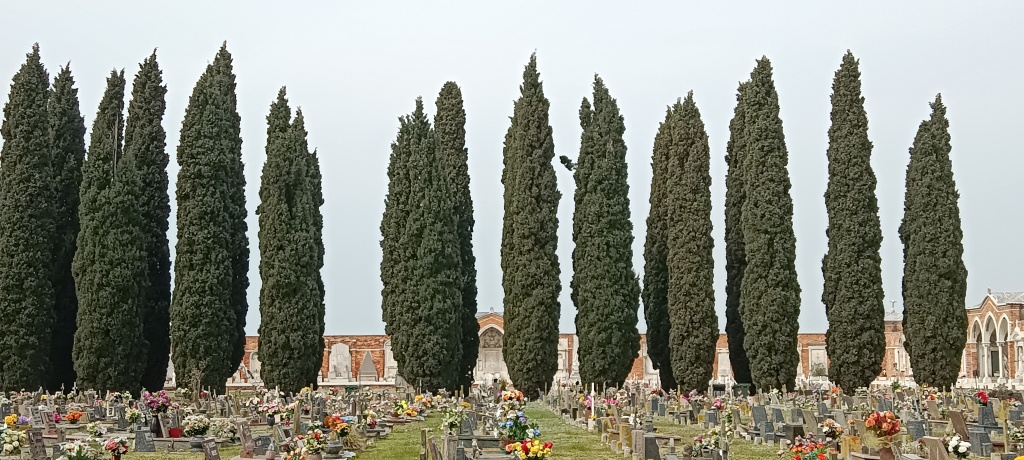
While walking around this quiet and impressive place, we came across a grave which had a photo of a man and his motorcycle. Below the photo was this picture and an inscription.
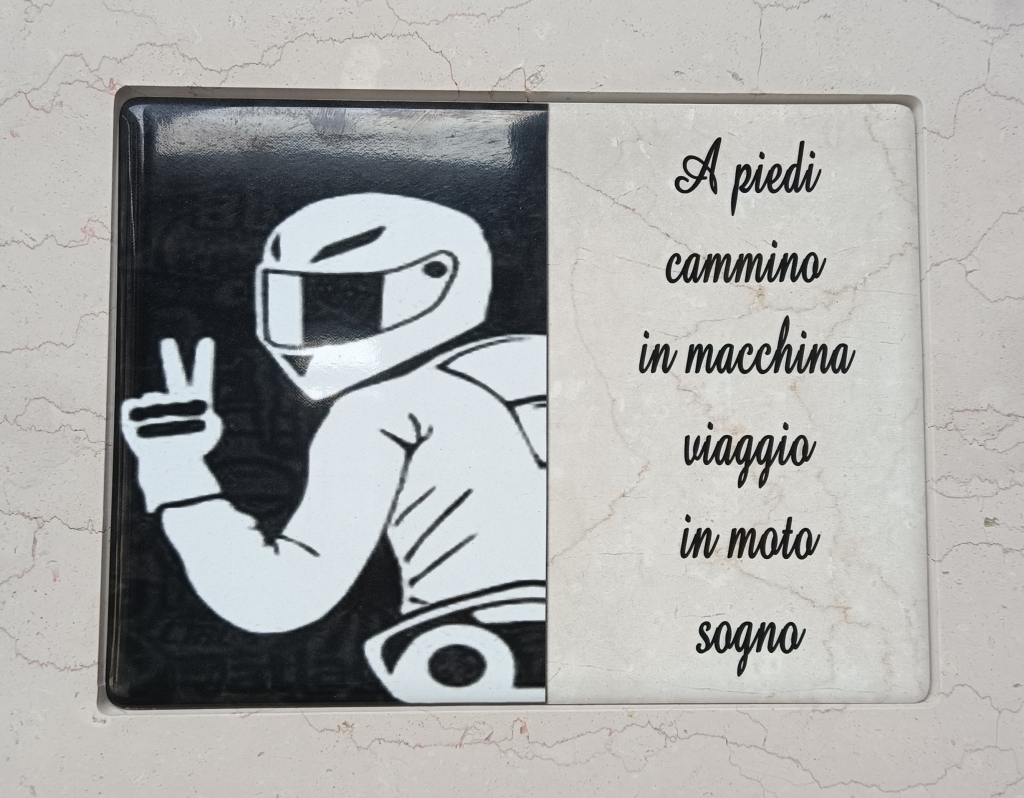
As most of the graves had photos of rather serious looking older people or happy couples on them, this one stood out. I don’t speak Italian, so I asked a friend to translate the words, and he said: “On my feet, I walk, in a car I travel, on a motorcycle I dream”. Couldn’t have said it better myself!
Back in the city proper, it occurred to me that there are no streets, and thus no cars, trucks, motorcycles or even bicycles, so boats are the main form of transport. And what an incredible variety of boats there are!
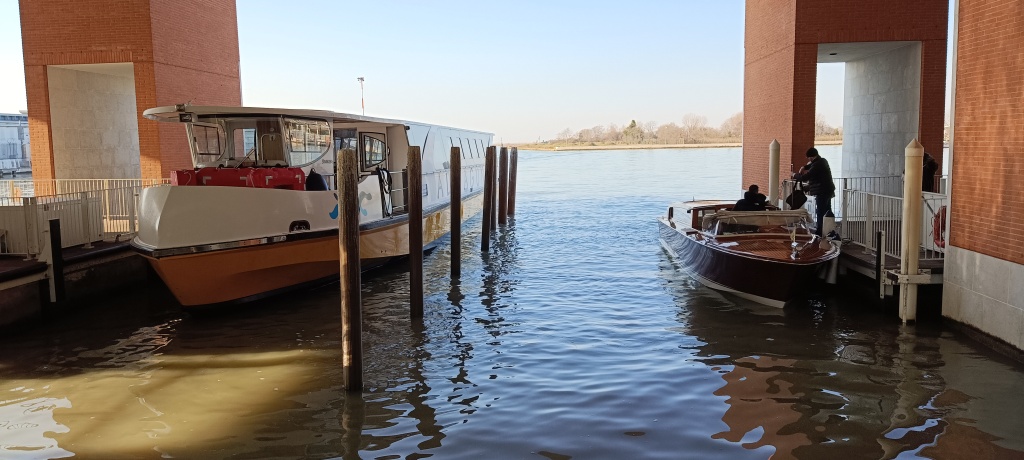
From the moment you you land at the airport, you become dependant on boats to get you where you want to go. A long corridor leads from the arrival terminals straight to a series of docks and some waiting water taxis. On the left above is an Alilaguna ferry, which is really like a water-borne public bus, while on the right a private taxi boat (one of the gorgeous Riva boats) prepares to cast off. What a way to get to a city!
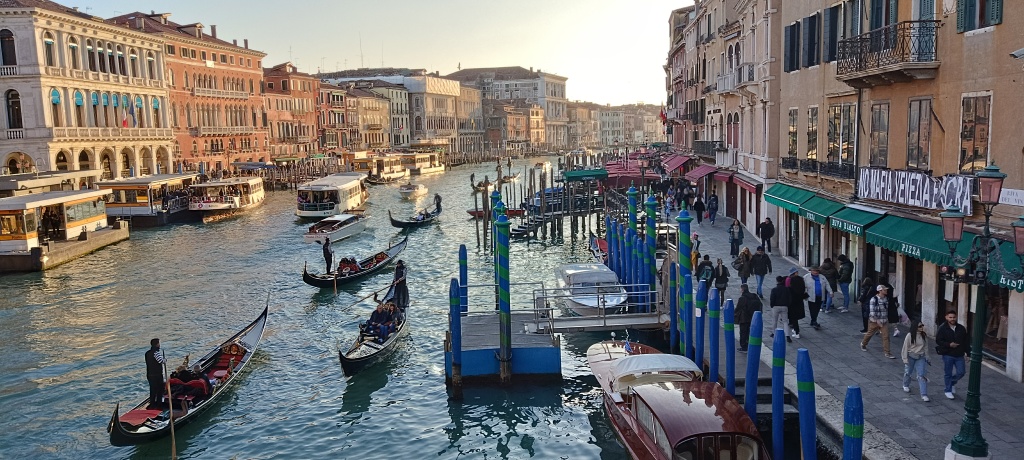
And once you get there, it’s boats galore! The Canal Grande was alive with gondolas and vaporettos, which are the ubiquitous public taxi boats.
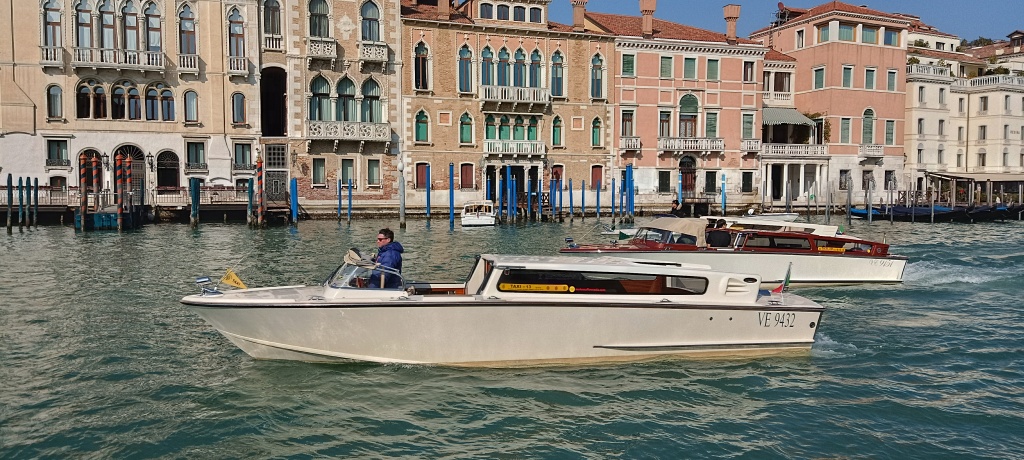
The private taxis cut through the water like knives. Beautiful boats that their captains moved through the water with such complete nonchalance, it appeared they had never done anything else.
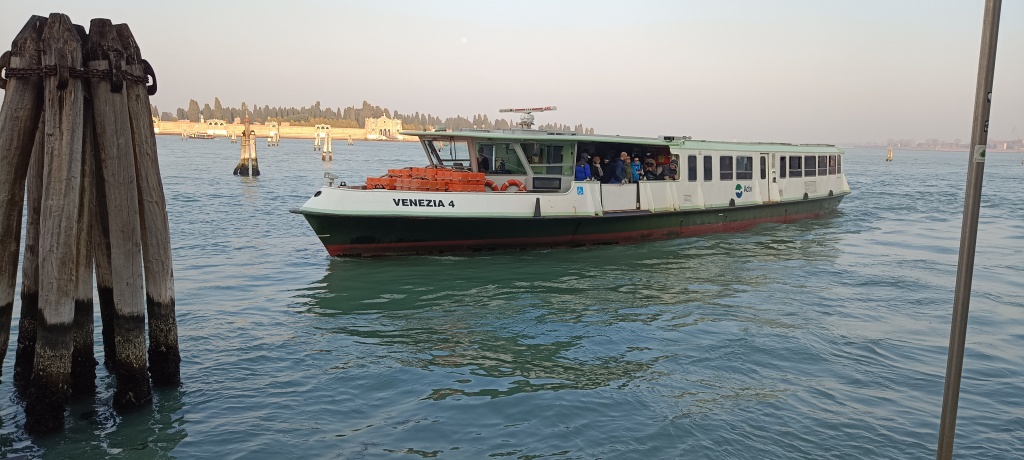
We bought a 3-day pass and rode on the vaporettos, which run on a regular schedule throughout much of the lagoon. This was our ferry to San Michele, which is in the background.
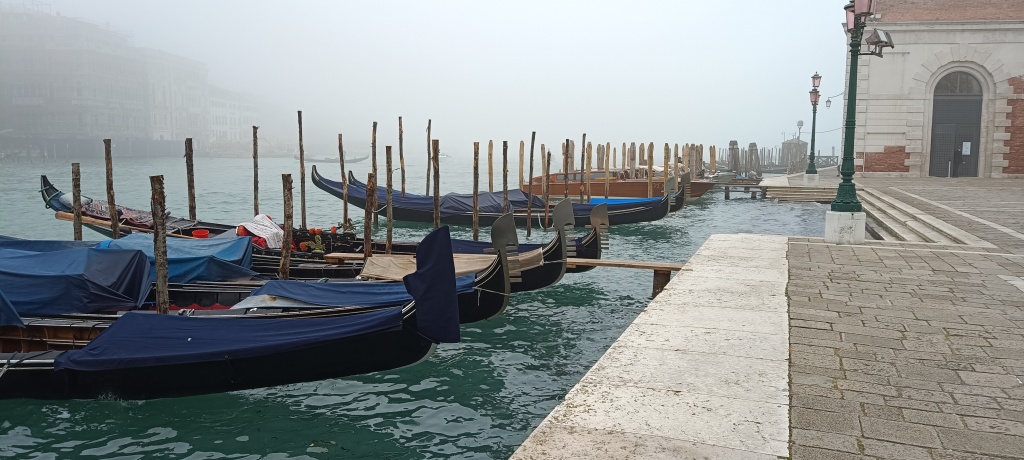
Sleek black gondolas are everywhere as well, although I read that there are only 400 gondoliers left, which is a fraction of the 10,000 who used to ply their trade here. They are still very active and visible in their striped tops and broad-brimmed straw hats, and often ask passersby if they want to take a ride. With prices starting at 80 euros, we stuck to the vaporettos except for the time we took a traghetto, a gondola used to ferry people across the Canal Grande.
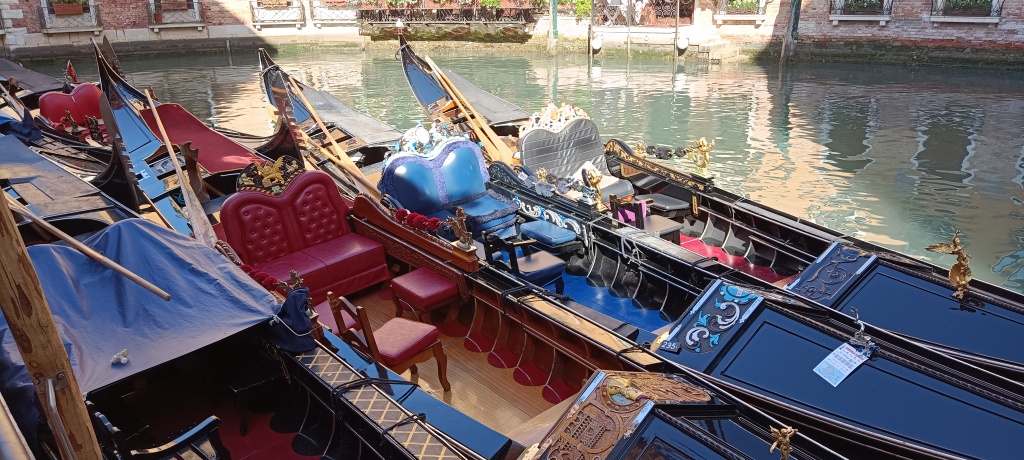
They are beautiful, though. And seen from a distance, they pretty much look the same, whereas close up the differences become more apparent. Some of them looked quite plush, while others were much simpler.
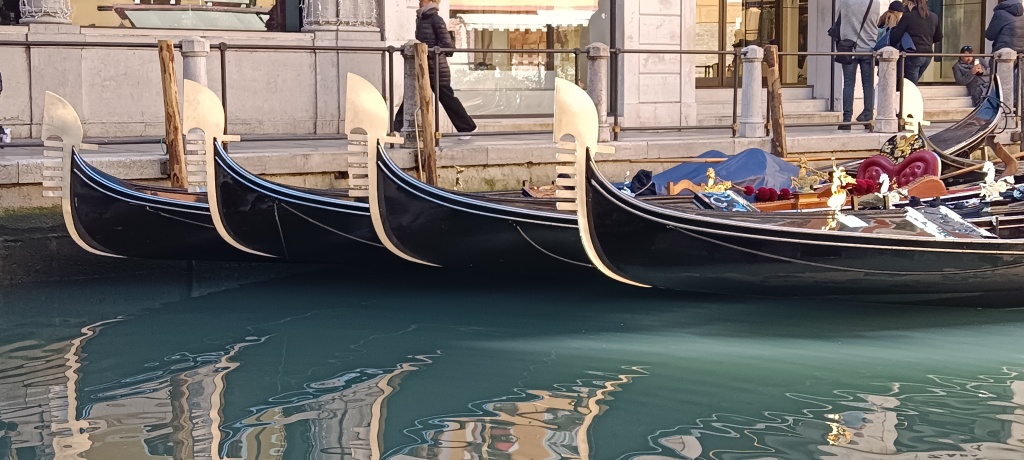
The bow of each gondola is decorated by the beautiful ferro de prora, which is made of brass or steel and serves as a counterweight to the gondolier standing in the back. Very symbolic, the ferro has a comb with six teeth facing forward and one facing toward the rear. Each of the teeth on the front represents one of the city’s districts (sestieri), while the one on the back represents the island of Giudecca.

Even the ambulances in Venice are boats, and we saw several of them racing by on their way to the special dock next to the hospital on the north side of the main island.
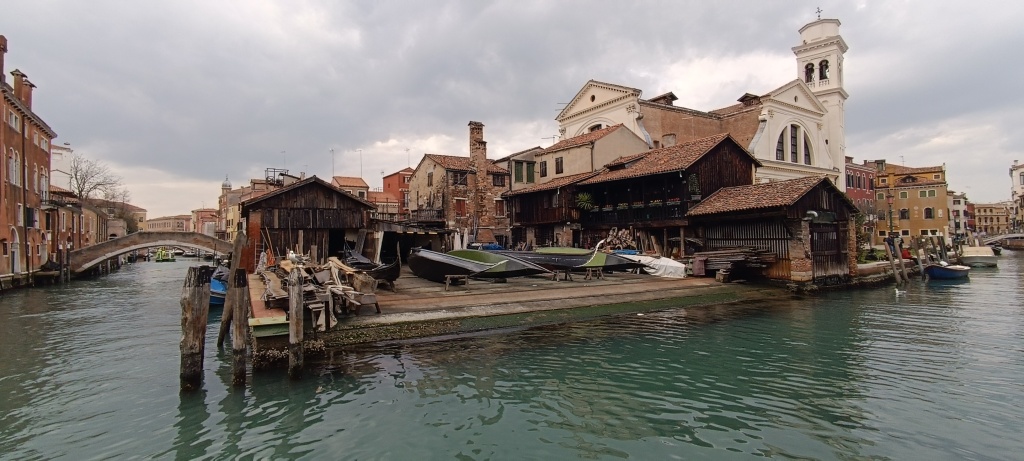
Boatyards are numerous in the city, which is no surprise considering the number of boats plying the canals. It was such an unusual situation to be in a densely populated city that has no two- or four-wheeled vehicles, but it was incredibly peaceful, despite the crowds in some areas. Definitely worth a visit!